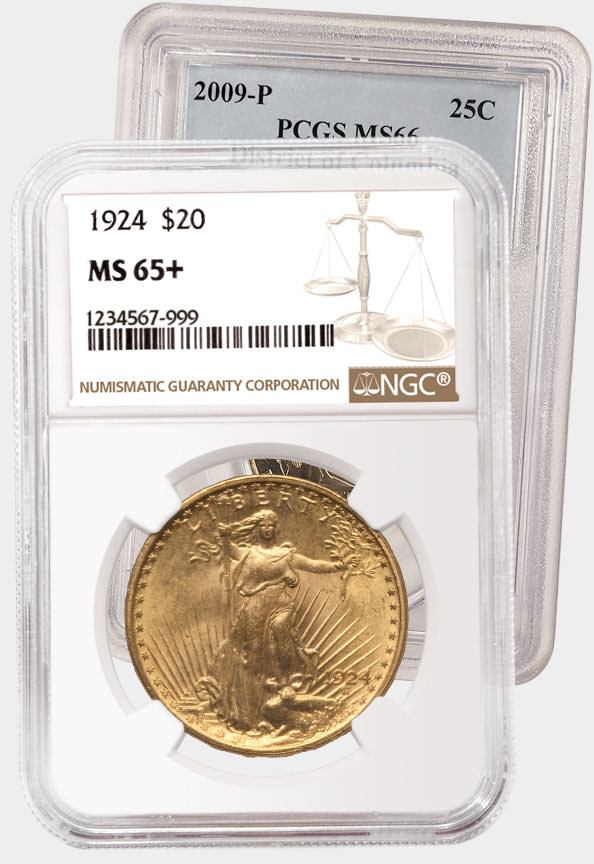
Grading Braided Hair Half Cents (1840-1857)

|

|
| Click to enlarge | |
Also known as the Braided Hair type, the Coronet Head half cent was minted from 1840 to 1857. It proved to be the final issue of half cents, as this denomination was abolished by the Act of February 21, 1857. The design for these coins was provided by Christian Gobrecht, the Mint's chief engraver. They bear his "Petite Head" of Liberty, as seen on the cents of 1839-43, though its orientation to the stars and the date anticipated the later "Mature Head" cents of 1843-57.
Proofs alone were coined annually until 1849, when the Mint finally worked off its overstock of half cents of the previous type. Thereafter, half cents of the Coronet Head type were coined for circulation each year through 1857, excepting 1852, when only proofs were struck. My examination of this series will focus on these circulating issues dated 1849-51 and 1853-57, as the early-date proofs are quite rare and require advanced skills to grade.
It's fortunate that there remained little demand for half cents during the 1850s, as this left many unworn examples for collectors. Though their availability varies from date to date, most of the half cents from this period are frequently encountered in uncirculated, or mint state condition. Most have toned to a lustrous brown, while others have acquired attractive toning of iridescent blue and green. Still others have retained at least some of their original, mint red color. Those displaying fully red color are quite scarce and are limited to just a few dates which survived from hoards. The most commonly seen half cent of this type in fully red condition is the 1855 issue.
While fully red copper coins are indeed treasures, many collectors actually prefer some mellowing of color. Glossy brown half cents or those featuring a blend of colors may be just as appealing, and they offer a more practical alternative. Perhaps the most important consideration when selecting coins for purchase is their overall surface quality. This includes the elements of luster, strike and planchet quality. Copper specialists, in particular, refer frequently to a coin's planchet quality as being crucial to its desirability. While these discussions usually center around older copper coins than the Coronet Head half cents, the same criteria apply. Try to avoid coins whose planchets contain flaws such as laminations, voids and visible impurities. The latter may appear as isolated dark patches. They detract from a coin's eye appeal and may, in some cases, lower its numeric grade. The same is true of the so-called "carbon spots," or "flyspecks." These tiny, black spots are probably the consequence of the coins being exposed to human spittle or some other contaminant, and they're not entirely removable without leaving some evidence.
Most half cents of this type were very well struck in the bust of Liberty, but they frequently reveal weakness in the wreath and in peripheral elements such as the stars, the date and the border denticles. In fact, a Coronet Head half cent with fully struck borders is a rarity, and even a few of the proofs lack this quality. Some of the more poorly struck dates include the later ones, 1855-57. Given that these coins are relatively common in mint state, you'll want to hold out for a sharply struck example whenever possible.
Collecting half cents of this type in the higher circulated grades is also quite popular, though most collectors are not interested in coins grading less than Very Fine. The same advice about selecting specimens with good planchets and attractive surfaces applies to these circulated pieces. An additional criterion is to seek only coins which have their original color. Ones which have been improperly cleaned, even if they've subsequently retoned, are less desirable to knowledgeable collectors. Though circulated Coronet Head half cents are rarely submitted to grading services, due to their relatively low value, improperly cleaned examples will usually be rejected for grading and encapsulation.
From One to Seventy originally ran in The Numismatist, official publication of the American Numismatic Association (www.money.org)
Enjoy the article? Use the bookmark tool to save or share it.
![]()
Return to the Coin Grading Guide - From 1 to 70
